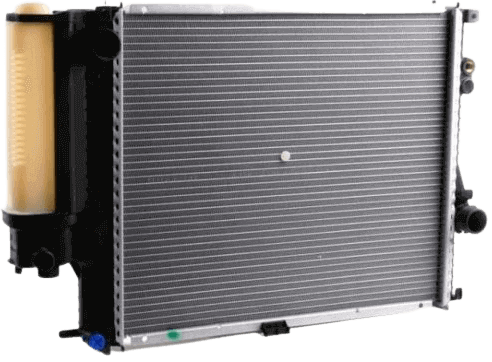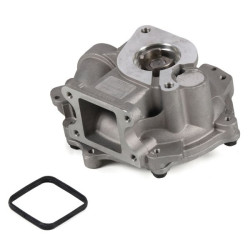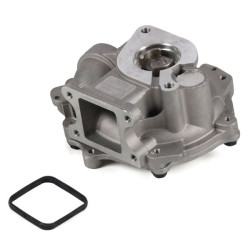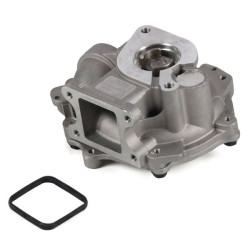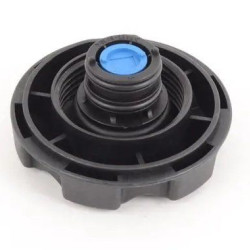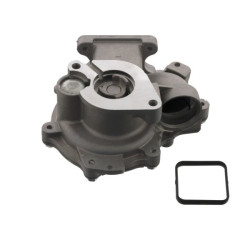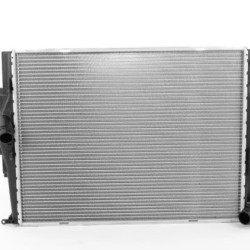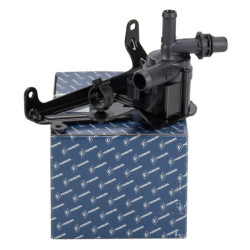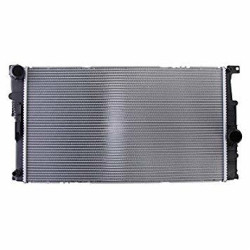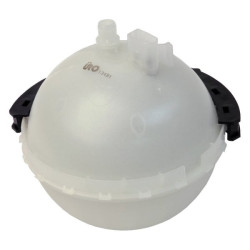BMW Water Radiator
The BMW Water Radiator reduces the temperature in the engine by circulating coolant as the cylinders in vehicles reach high temperatures, while the radiator takes hot water from the engine and releases it into the air in vapor form.
BMW Water Radiator: Features and Historical Development
The BMW water radiator is an important component that prevents the engine from overheating and ensures it operates at optimal temperature. In this article, we will examine the features and historical development of the BMW water radiator.
Features of the Water Radiator
BMW water radiators are designed to provide high performance and durability. Here are some key features of these radiators:
High Heat Transfer Efficiency: BMW water radiators have a fine tube and fin structure that quickly and effectively transfers the heat of the engine coolant to the outside environment. This keeps the engine at its ideal operating temperature.
Lightweight and Durable Materials: Water radiators are typically made from lightweight and durable materials like aluminum. This reduces the weight of the vehicle while ensuring the radiator has a long lifespan.
Corrosion Resistance: BMW water radiators are coated with materials resistant to corrosion. This increases the radiator's durability against environmental factors and ensures long-term use.
Compact Design: BMW water radiators have a compact and efficient design that fits into the engine compartment of the vehicle. This provides ease of installation and compatibility with vehicle design.
Integrated Cooling Systems: Modern BMW radiators are optimized to work with integrated cooling systems to cool both the engine and other components. This enhances overall vehicle performance and efficiency.
Historical Development
The historical development of BMW water radiators has continuously undergone innovations and improvements alongside advancements in automotive technologies:
Early Periods (1970s and Earlier): In the first BMW vehicles, water radiators were typically made from heavy materials like copper or brass. While these radiators met basic cooling needs, they faced issues with weight and corrosion.
1980s: With the introduction of aluminum materials, water radiators became lighter and more durable. During this period, heat transfer efficiency was improved, and the design of the radiators became more compact.
1990s: BMW introduced new coating technologies to enhance the corrosion resistance of radiators and extend their lifespan. Additionally, radiator performance was optimized with integrated cooling systems and electronic controls.
2000s and Beyond: In modern BMW vehicles, water radiators are produced using advanced materials and manufacturing techniques. With environmentally friendly coolants and energy-efficient designs, both performance and environmental impacts have been optimized. Thanks to electronic control systems, engine temperature and cooling efficiency are monitored and controlled more precisely.
Conclusion
BMW water radiators are critical components that prevent the engine from overheating and ensure it operates at optimal temperature. Historically, these radiators have continuously undergone innovations and improvements, ensuring that BMW vehicles provide superior cooling performance. Manufactured with high-quality materials and advanced production techniques, BMW water radiators offer a safe and comfortable driving experience for both the driver and passengers. The historical development of water radiators reflects advancements in automotive technologies, making each new generation of BMW vehicles more efficient and durable.
 Türkçe
Türkçe
 English
English
 Русский
Русский

